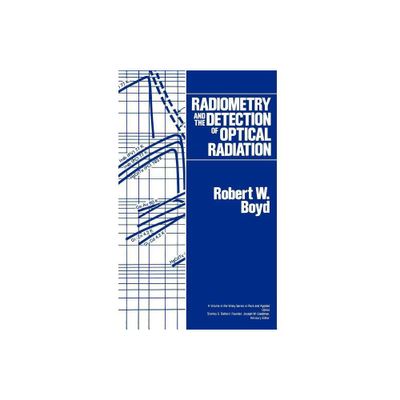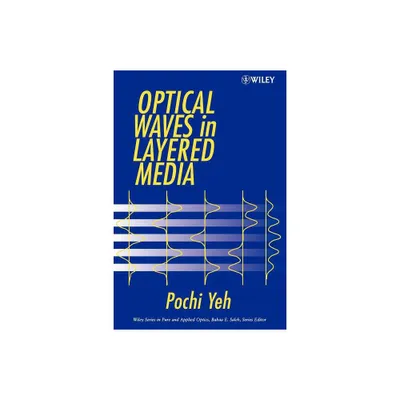Home
Applied Photometry, Radiometry, and Measurements of Optical Losses
Loading Inventory...
Barnes and Noble
Applied Photometry, Radiometry, and Measurements of Optical Losses
Current price: $249.99


Barnes and Noble
Applied Photometry, Radiometry, and Measurements of Optical Losses
Current price: $249.99
Loading Inventory...
Size: OS
*Product Information may vary - to confirm product availability, pricing, and additional information please contact Barnes and Noble
Applied Photometry, Radiometry, and Measurements of Optical Losses
reviews and analyzes physical concepts of radiation transfer, providing quantitative foundation for the means of measurements of optical losses, which affect propagation and distribution of light waves in various media and in diverse optical systems and components. The comprehensive analysis of advanced methodologies for low-loss detection is outlined in comparison with the classic photometric and radiometric observations, having a broad range of techniques examined and summarized: from interferometric and calorimetric, resonator and polarization, phase-shift and ring-down decay, wavelength and frequency modulation to pulse separation and resonant, acousto-optic and emissive - subsequently compared to direct and balancing methods for studying free-space and polarization optics, fibers and waveguides. The material is focused on applying optical methods and procedures for evaluation of transparent, reflecting, scattering, absorbing, and aggregated objects, and for determination of power and energy parameters of radiation and color properties of light.
reviews and analyzes physical concepts of radiation transfer, providing quantitative foundation for the means of measurements of optical losses, which affect propagation and distribution of light waves in various media and in diverse optical systems and components. The comprehensive analysis of advanced methodologies for low-loss detection is outlined in comparison with the classic photometric and radiometric observations, having a broad range of techniques examined and summarized: from interferometric and calorimetric, resonator and polarization, phase-shift and ring-down decay, wavelength and frequency modulation to pulse separation and resonant, acousto-optic and emissive - subsequently compared to direct and balancing methods for studying free-space and polarization optics, fibers and waveguides. The material is focused on applying optical methods and procedures for evaluation of transparent, reflecting, scattering, absorbing, and aggregated objects, and for determination of power and energy parameters of radiation and color properties of light.


















